Beyond Carbon. THE POWER OF NATURE.
When you buy reforestation,
you support more reforestation.
Direct Air Capture delivers carbon on small scale impact for big dollars per metric ton, while Reforestation delivers so much more. So what are the co-benefits of reforestation?
Meeting the United Nations Sustainable Development Goals
In 2015, all United Nations Member States adopted 17 Sustainable Development Goals to be accomplished by 2030. The UN describes these goals as: “An urgent call for action by all countries – developed and developing – in a global partnership.”
Study after study shows that forests are the most viable, cost-effective means for fighting climate change now and in the future. They not only help us protect our planet, but the act of scaling our reforestation efforts through our unique model helps us build resilient communities, support biodiversity and wildlife, and provide jobs. An action that you take now to support reforestation through GreenTrees will have a longstanding impact on the earth for generations to come. While reforestation may only be one component of your company’s commitment to sustainability, we believe that it may be the most effective one.

Before GreenTrees, our landowner partners' land was typically used for annual row crops with conventional tillage, often leaving the soil bare, especially in winter. The project introduced permanent vegetation, drastically reducing soil erosion and water pollution by nitrogen and phosphorus, while also making the area more resilient to flooding, thereby contributing to the reduction of the "dead zone" in the Gulf of Mexico.
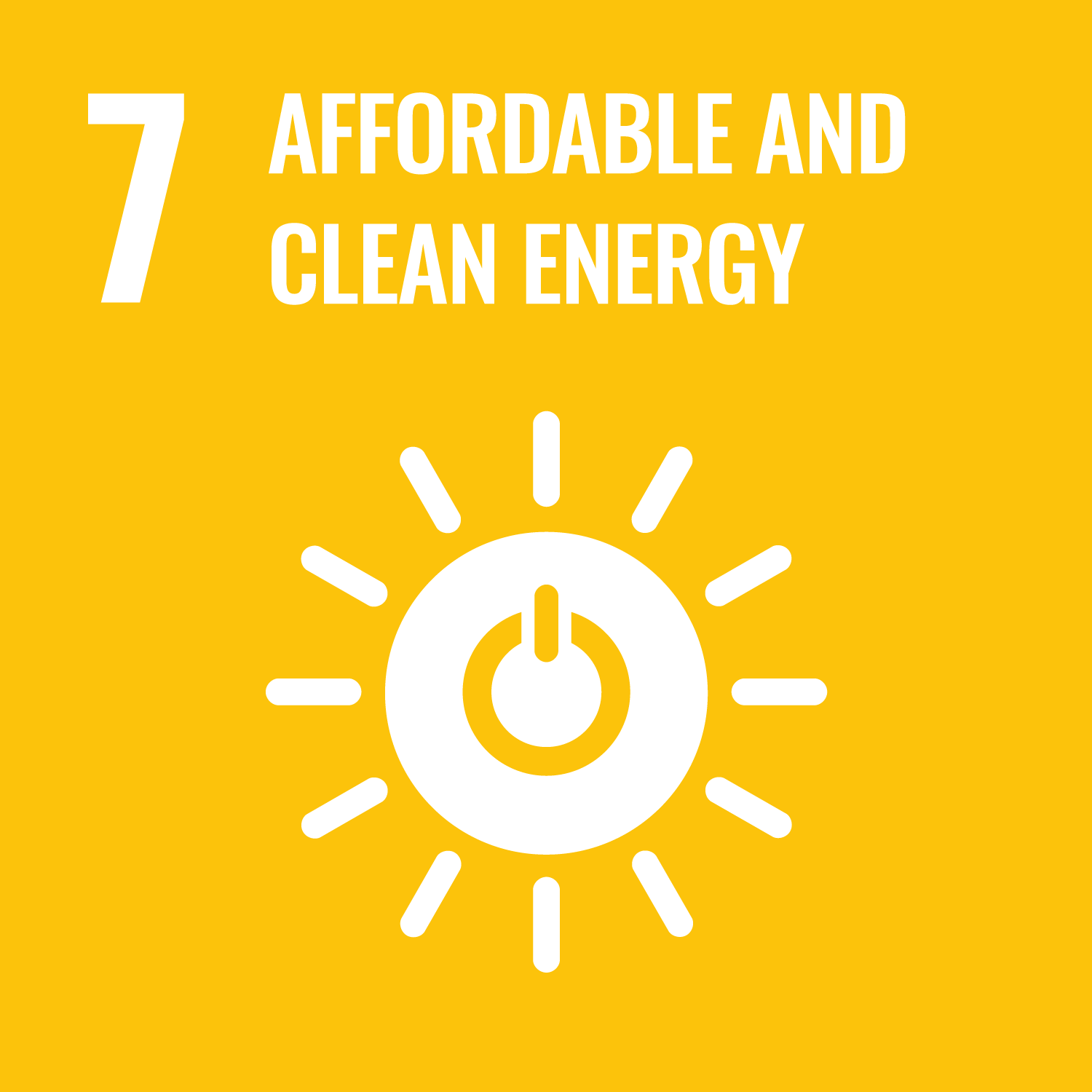
The planting regime of interplanting Cottonwoods (or other “trainer” tree species such as Sweetgum) with long-lived native hardwoods produces habitat faster than planting slower growing, non-Cottonwood hardwoods alone. Ideally, Cottonwoods are cut in two or three thinnings between ages 8 and 23, to make room for the other hardwoods. Removed Cottonwood trees may be chipped and cost effectively used to generate renewable energy.
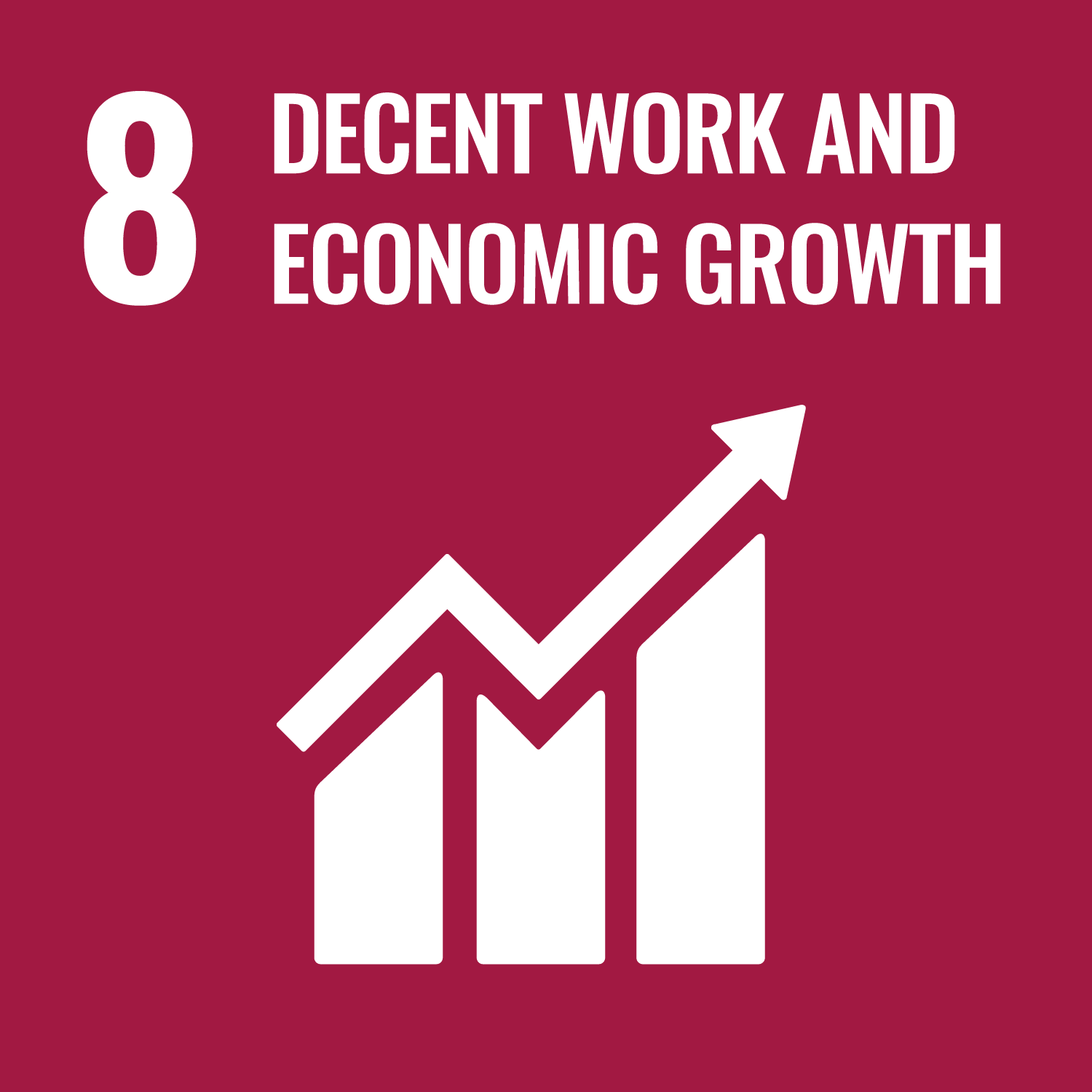
The success of the GreenTrees project hinges on skilled and well-treated personnel, including nursery workers, planting staff, and field technicians, ensuring their job satisfaction and competitive compensation, while landowners benefit from carbon credit and wood product revenues, contributing to forest restoration, habitat enhancement, and greenhouse gas mitigation.
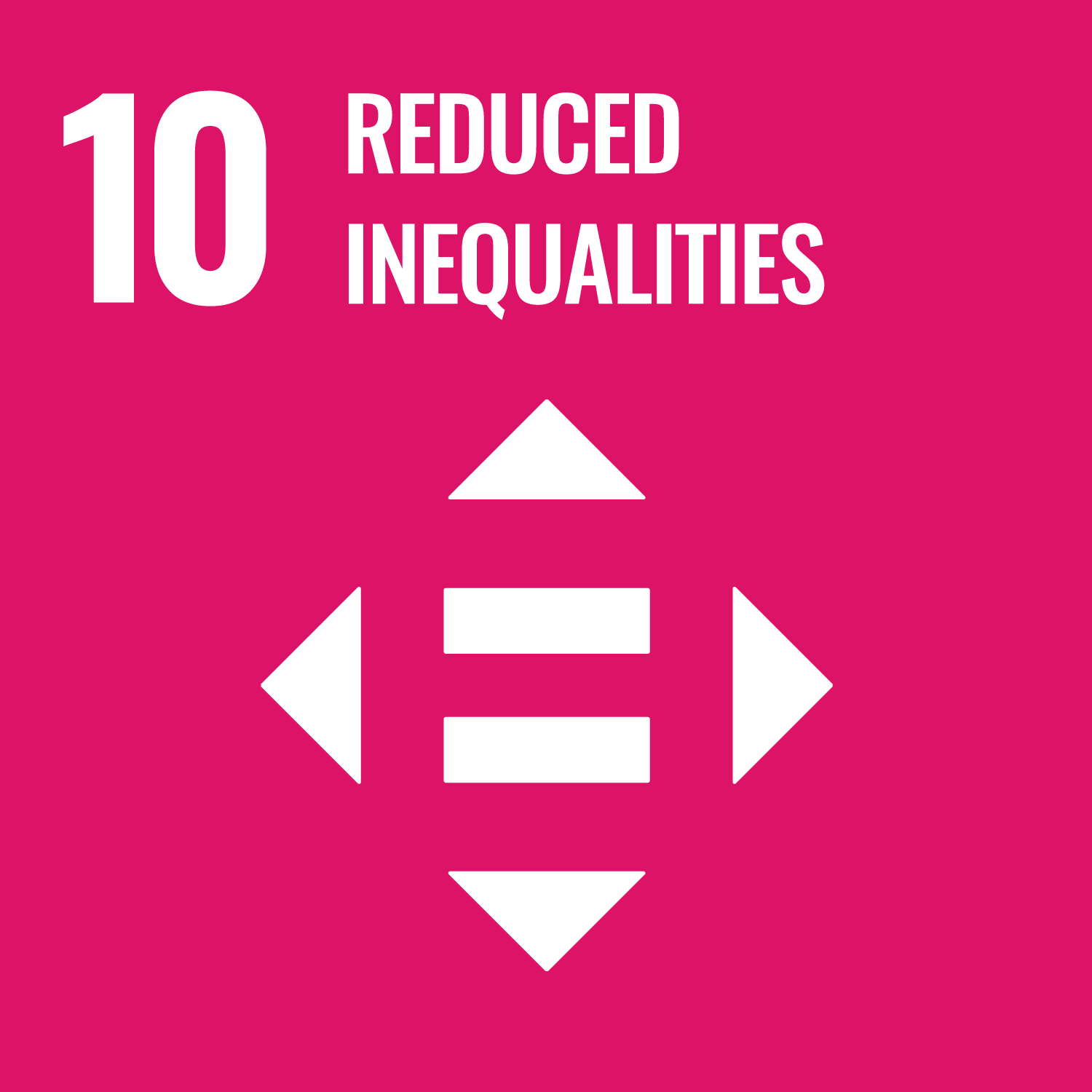
For 150 years Black farmers in the US have often been denied access to funding and support provided to White farmers. We are increasing our efforts to reach out to Black farmers and enroll them in the GreenTrees program.
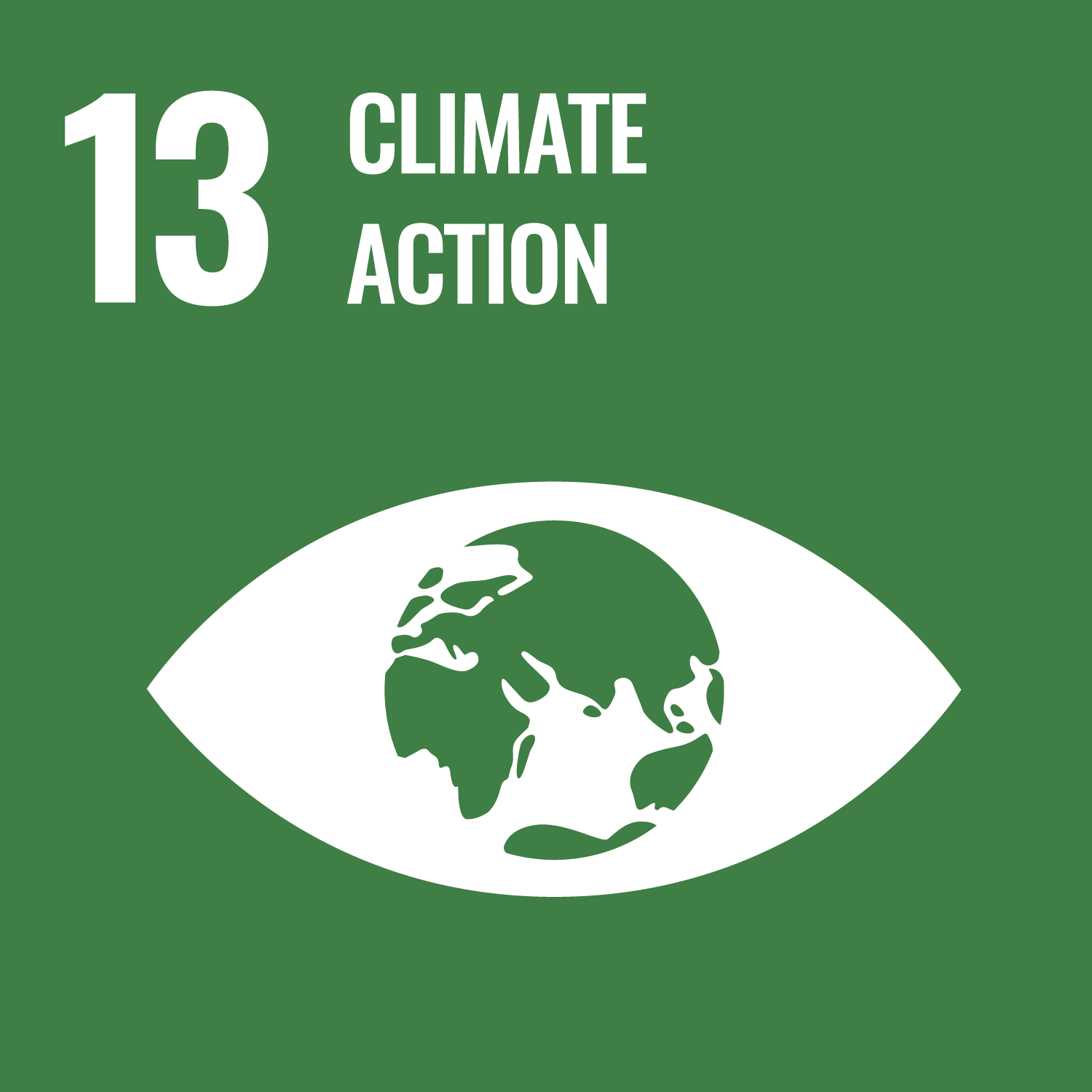
Cumulative removal of 6,270,862 tCO2e from the atmosphere, confirmed by project verification.
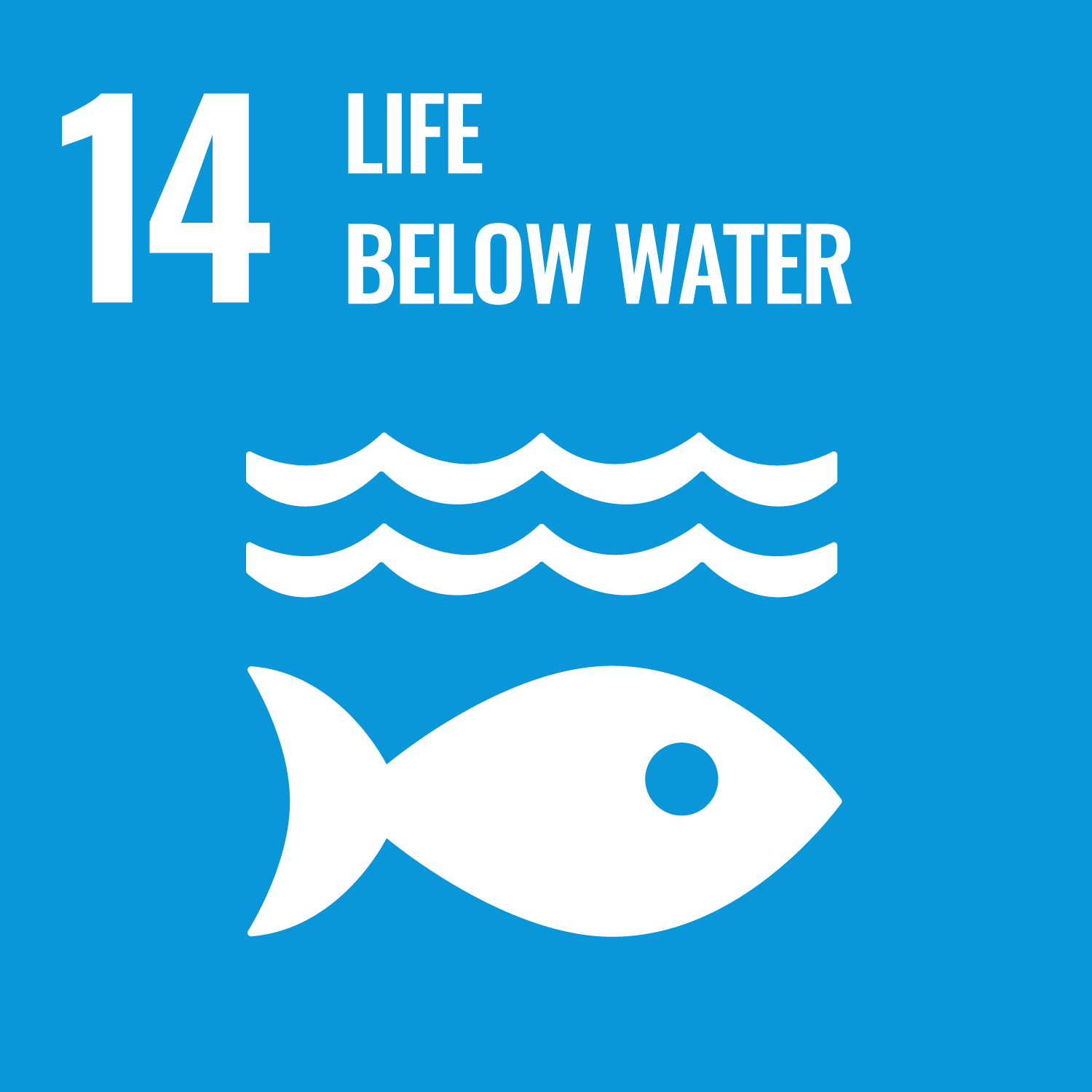
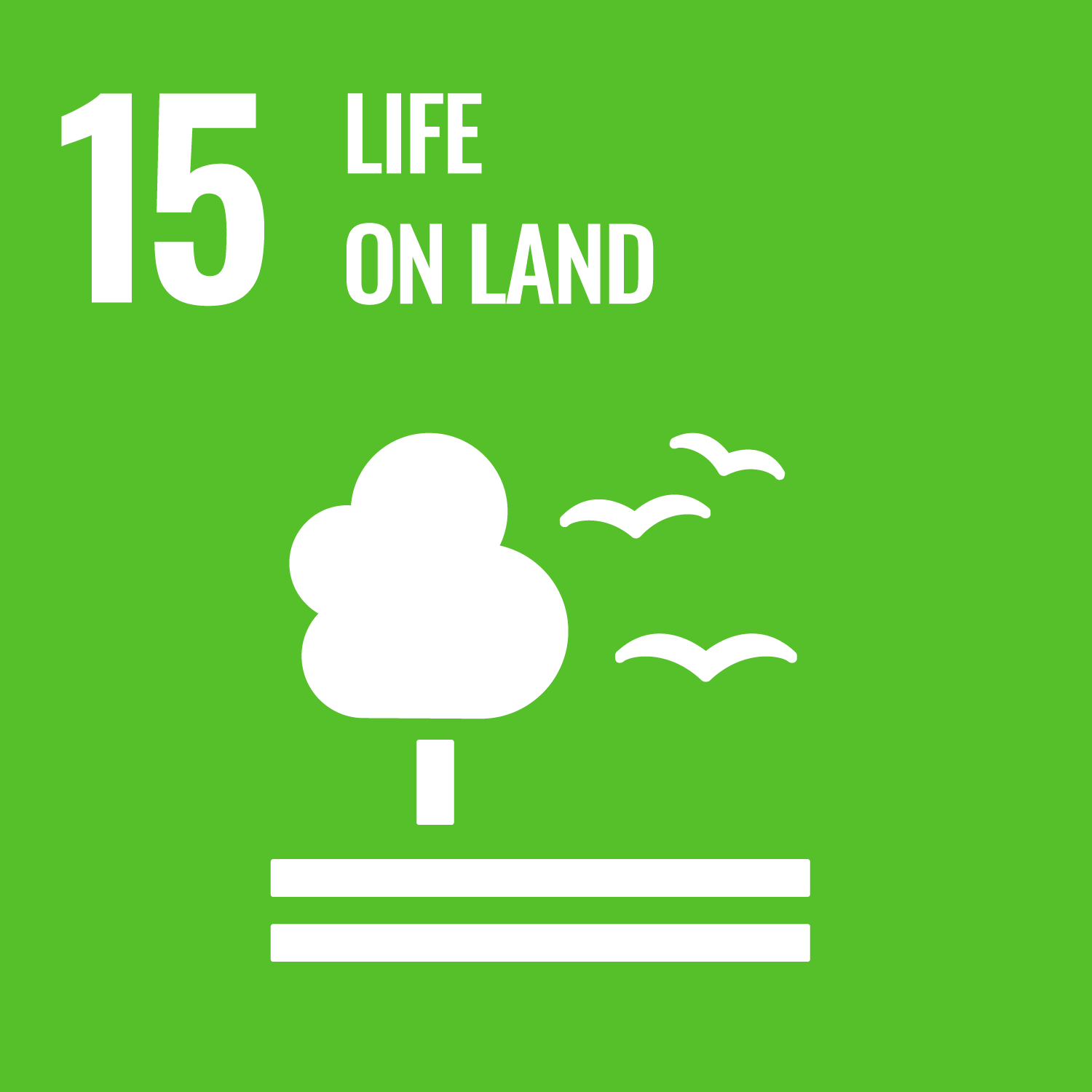
GreenTrees has successfully restored over 130,000 acres of forest, enhancing habitats for waterfowl and bird species along the Mississippi River and doubling the migratory bird population compared to hardwood-only fields, while also improving soil health and reducing dust by halting tillage and establishing permanent plant cover.
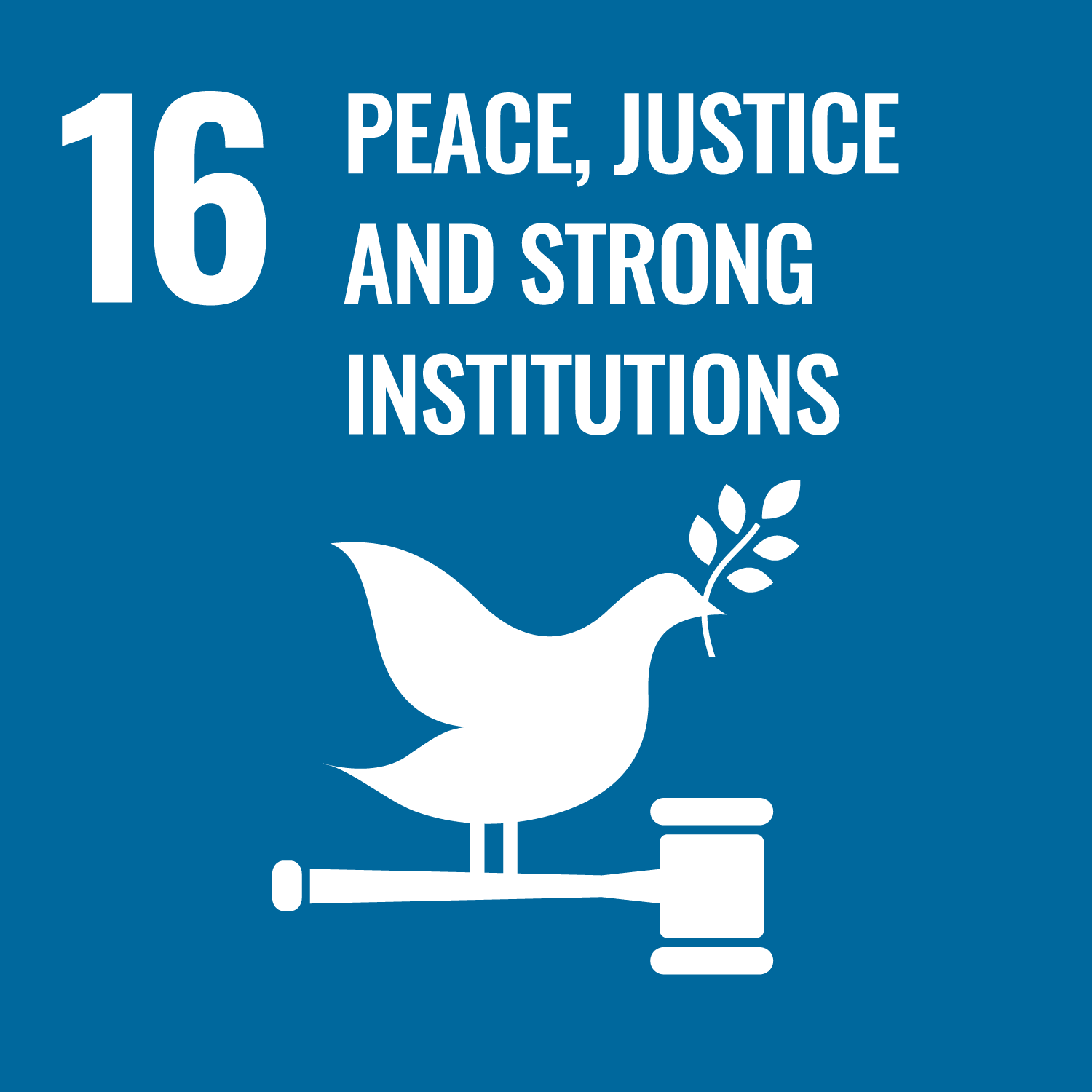
GreenTrees holds meeting several times a year for state, federal and local officials as well as landowners. Currently, over 500 landowners are participating in the project and the project communicates with every landowner at least annually. Project foresters live in the region and keep informed about local concerns and opinions of forest users who are not currently participating in the project.

Before GreenTrees, our landowner partners' land was typically used for annual row crops with conventional tillage, often leaving the soil bare, especially in winter. The project introduced permanent vegetation, drastically reducing soil erosion and water pollution by nitrogen and phosphorus, while also making the area more resilient to flooding, thereby contributing to the reduction of the "dead zone" in the Gulf of Mexico.

The planting regime of interplanting Cottonwoods (or other “trainer” tree species such as Sweetgum) with long-lived native hardwoods produces habitat faster than planting slower growing, non-Cottonwood hardwoods alone. Ideally, Cottonwoods are cut in two or three thinnings between ages 8 and 23, to make room for the other hardwoods. Removed Cottonwood trees may be chipped and cost effectively used to generate renewable energy.

The success of the GreenTrees project hinges on skilled and well-treated personnel, including nursery workers, planting staff, and field technicians, ensuring their job satisfaction and competitive compensation, while landowners benefit from carbon credit and wood product revenues, contributing to forest restoration, habitat enhancement, and greenhouse gas mitigation.

For 150 years Black farmers in the US have often been denied access to funding and support provided to White farmers. We are increasing our efforts to reach out to Black farmers and enroll them in the GreenTrees program.

Cumulative removal of 6,270,862 tCO2e from the atmosphere, confirmed by project verification.


GreenTrees has successfully restored over 130,000 acres of forest, enhancing habitats for waterfowl and bird species along the Mississippi River and doubling the migratory bird population compared to hardwood-only fields, while also improving soil health and reducing dust by halting tillage and establishing permanent plant cover.

GreenTrees holds meeting several times a year for state, federal and local officials as well as landowners. Currently, over 500 landowners are participating in the project and the project communicates with every landowner at least annually. Project foresters live in the region and keep informed about local concerns and opinions of forest users who are not currently participating in the project.




